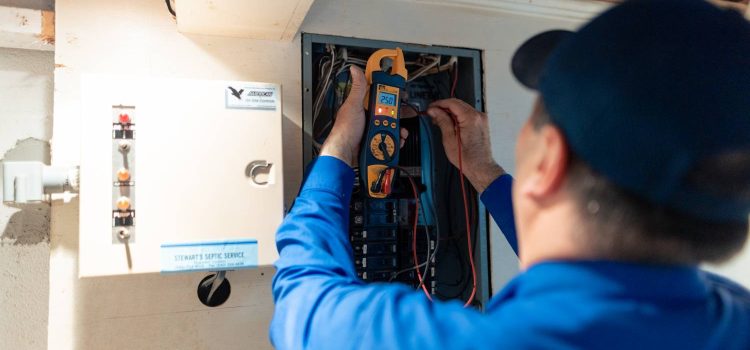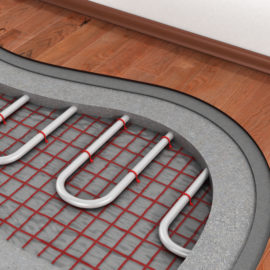
A safe and well-maintained electrical system is crucial for the well-being of your home and its occupants. From the wiring behind the walls to the outlets and appliances, ensuring the safety of your home’s electrical installations is a responsibility that every homeowner should prioritize. In this blog, we will explore a comprehensive guide on how to guarantee the safety of all your home electrical installations, offering tips and insights to prevent potential hazards and keep your household secure.
Regular Electrical Inspections
Schedule regular electrical inspections conducted by a certified electrician. These professionals can identify potential issues such as frayed wires, outdated circuits, or overloaded systems that may pose safety risks. Regular inspections, ideally every few years or when you notice issues, are a proactive measure to catch problems before they escalate.
Invest in Quality Electrical Components
When it comes to electrical installations, quality matters. Invest in high-quality wiring, outlets, switches, and circuit breakers. Cheap or substandard components are more likely to malfunction, leading to safety hazards. Ensure that all electrical products used in your home are certified by reputable standards organizations.
Upgrade Outdated Wiring
Outdated wiring, such as knob-and-tube or aluminum wiring, can be a significant safety concern. Consider upgrading to modern wiring systems, like copper wiring, which is more reliable and less prone to fire hazards. Consult with a qualified electrician to assess your current wiring and recommend necessary upgrades.
Use Proper Wattage for Light Fixtures and Appliances
Mismatched wattage in light fixtures and appliances can lead to overheating and pose a fire risk. Always use bulbs with the correct wattage as specified by the fixture or appliance. Additionally, be mindful of not overloading outlets with too many devices, as this can strain the electrical system.
Install Ground Fault Circuit Interrupters (GFCIs)
GFCIs are essential for areas in the home where water is present, such as bathrooms, kitchens, and outdoor outlets. These devices quickly cut off power in the event of a ground fault, protecting against electric shock. Install GFCIs in the appropriate locations to enhance the safety of your home’s electrical installations.
Secure Outlets with Tamper-Resistant Receptacles
If you have young children, tamper-resistant receptacles are a must. These outlets have built-in safety features that prevent children from inserting small objects, reducing the risk of electrical accidents. Upgrade your outlets to tamper-resistant models for added safety in homes with young children.
Organize and Label Your Circuit Breaker Panel
A well-organized and labeled circuit breaker panel is a crucial element of home electrical safety. Proper labeling makes it easier to identify and turn off specific circuits during an emergency or when performing maintenance. Regularly update and review the labeling to ensure accuracy.
Avoid Overloading Circuits
Overloaded circuits are a common cause of electrical fires. Distribute your electrical devices and appliances across multiple outlets and circuits to avoid overloading. Be mindful of power strips and extension cords, using them sparingly and following the manufacturer’s guidelines to prevent overheating.
Install Smoke Detectors and Carbon Monoxide Alarms
While not directly related to electrical installations, smoke detectors and carbon monoxide alarms play a critical role in home safety. Ensure these devices are installed in key areas of your home and test them regularly. Battery-powered or hardwired options are available, and both should be maintained for optimal performance.
Educate Your Household on Electrical Safety
Promote electrical safety awareness within your household. Ensure that family members are aware of basic safety practices, such as not overloading outlets, reporting flickering lights or unusual smells, and knowing the location of the circuit breaker panel. Education is a key component of maintaining a safe home environment.
Prioritizing the safety of your home’s electrical installations is not only responsible but essential for the well-being of your household. By following these guidelines, conducting regular inspections, and staying vigilant to potential hazards, you can create a secure environment where the risk of electrical accidents is minimized. Remember, electrical safety is a collective effort, and a proactive approach ensures that your home remains wired for safety for years to come.


